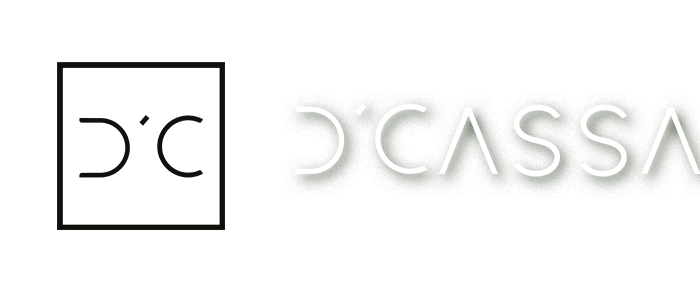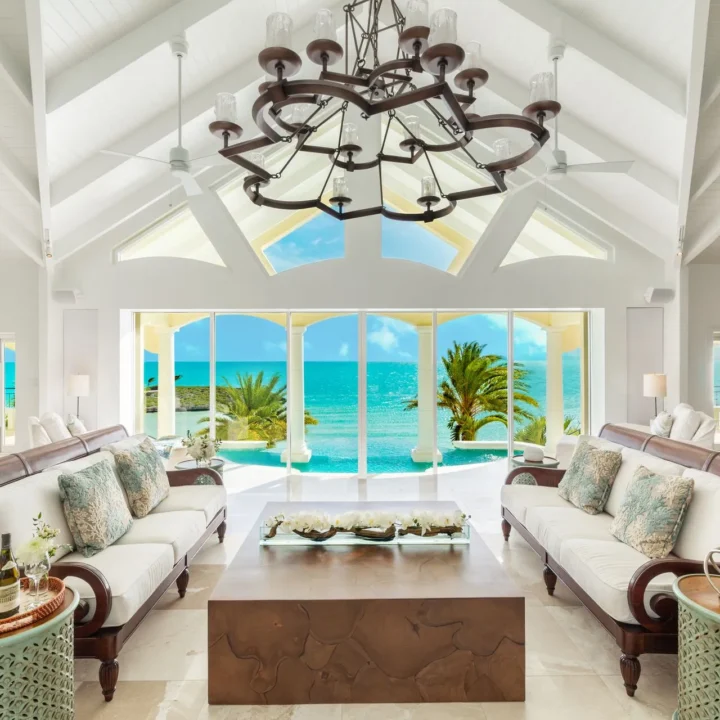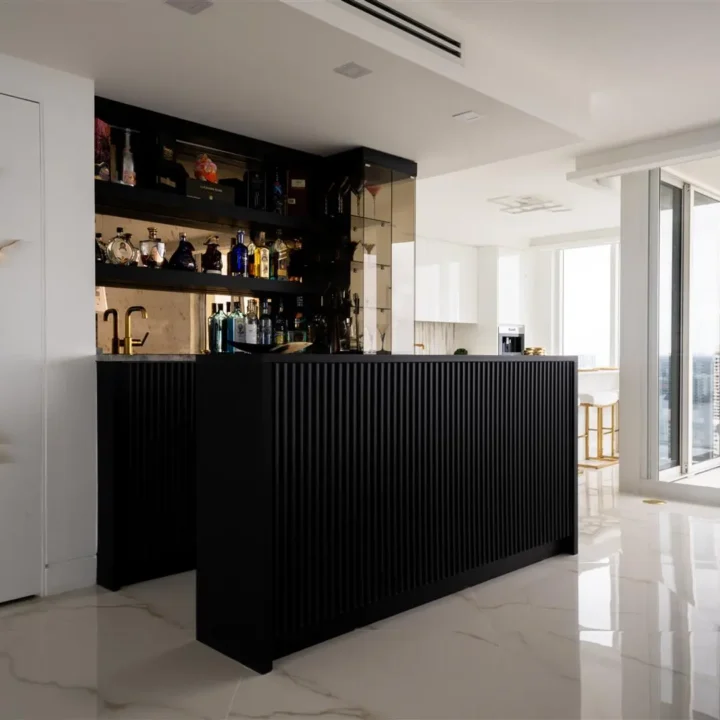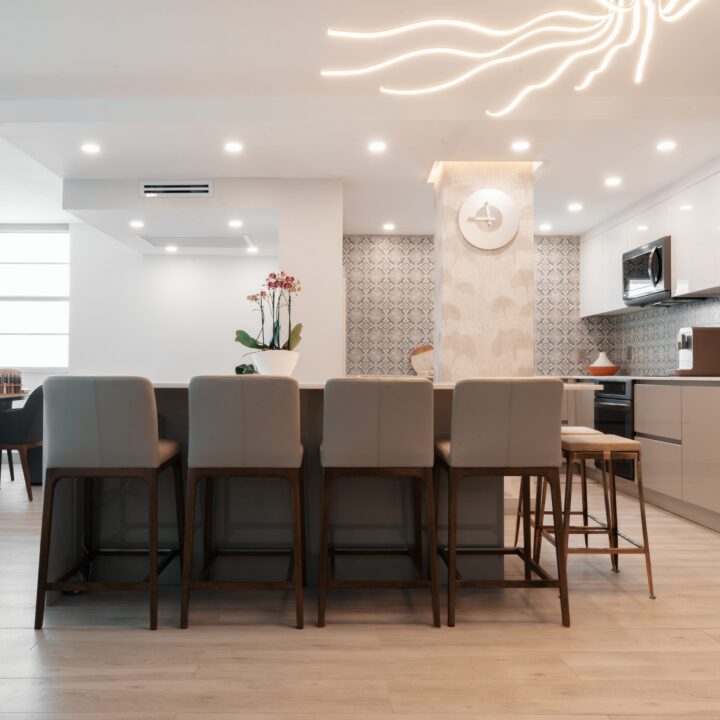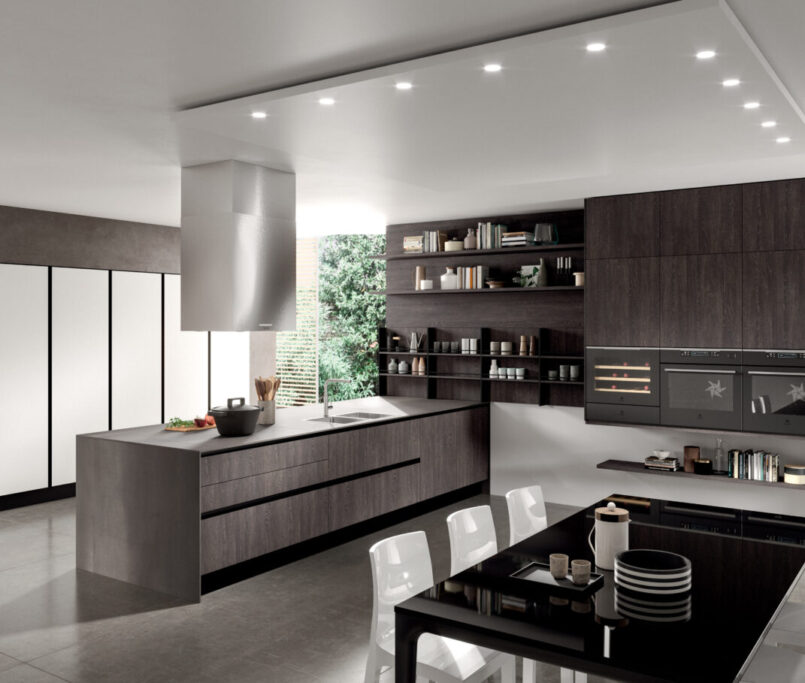
Have you had a struggle choosing between different types of cabinet materials for your kitchen? Here is the ultimate list you are looking for!
When picking out new cabinets, the quality of the doors boils down to the manufacturing process. So, it is crucial to understand what the material was made of and how the manufacturing process takes place. The choice of materials will determine the cabinets’ strength, durability, and overall lifespan.
Natural wood is the most delicate kitchen cabinet material, here is why:
Natural wood or wood veneers are great options for those who love wood textures. The look, color, and textures of natural wood are hard to match with any fabrication techniques, and the real beauty of the wood always catches the attention. Natural wood cabinets are one of the most delicate yet beautiful kitchen cabinet materials to choose from. Although scratches or dents are a lot easier to repair in natural wood cabinets it also expands and contracts with temperature fluctuations.
The wood veneer also tends to change shape and move when exposed to high humidity since its wood grain is naturally oriented in a specific direction too. So, if you are planning to paint on natural wood, you may need to consider the disadvantages of bubbles and cracks the paint may create. It is also important to note that termites may pose a serious threat to your cabinets in a humid environment.
Are MDF a good Cabinet Materials option? Let’s find out!

If you are looking to renovate your kitchen, MDF (Medium-density fiberboard) would be a good choice to consider. MDF is manufactured with high temperature and pressure by combining resin with wood. This material is a lot denser than plywood and its smooth, grainless surface allows paint and texture to be reflected better. It is fully resistant to pests and bugs since the resin holds everything together. MDF is a budget-friendly and good material for everyday use.
Due to high-technology manufacturing techniques, D’Cassa ensures water-resistant MDF cabinetry. Remember that this does not mean the board will not absorb the water if put in a bucket of water, but it is resistant to humidity that’s created in the kitchen. Although the material is made of wood, the structure is completely different, so breaking it is a lot harder. Engineered wood has the advantages of being resilient to moisture and strong. It also stands better for heat and humidity in the room than natural wood.
Discover the Beauty of the Colors and Textures of Thermofoil
Another pocket-friendly cabinet option is Thermofoil since it is easy to maintain and keep clean. It became one of the most popular materials for kitchen cabinets that are out there. Thermofoil can look and feel as good as natural wood and lacquer, but they are much more economical and resistant. This type of material is heat-fused together with a thin film of polyvinyl chloride which is also called PVC.
The use of MDF as the base material does not allow any damage and changes to happen on its surface as it happens on a natural wood surface. The main advantage of this material is that it is easy to fix and is available in different arrays of colors. PVC can be weak in durability in moist temperatures, but it resists humidity better than natural wood and the peeling and bubbling are a lot better than the painted wood.
Match your dream color with Lacquer

Lacquer is a good option for those who are looking to have specific colors in their cabinets. The smooth finish looks attractive and endless color options provide a great variety. The finish is achieved with several thin layers of paint to be applied to wood material and with the chosen finish (matte or glossy) the rich look is completed. The material is breathable and water-resistant.
The high gloss lacquer’s shiny finish reflects light and makes the space appear bigger and more open. So, with the good use of lacquer in the right home, the material becomes an excellent choice. The high gloss finish is popular on the market although this finish makes it more eligible for scratches on the cabinet. The reflection of the light makes the fingerprints, dirt, and these small scratches to be easily noticeable, but not to worry this material is super easy to clean!
All materials have their own positive and negative sides, and they all require different treatments. D’Cassa’s design professionals will help you to choose the right premium materials for you and our high-technology manufacturing techniques will provide the best finishes for your dream project. Contact us now to learn more about each material.
